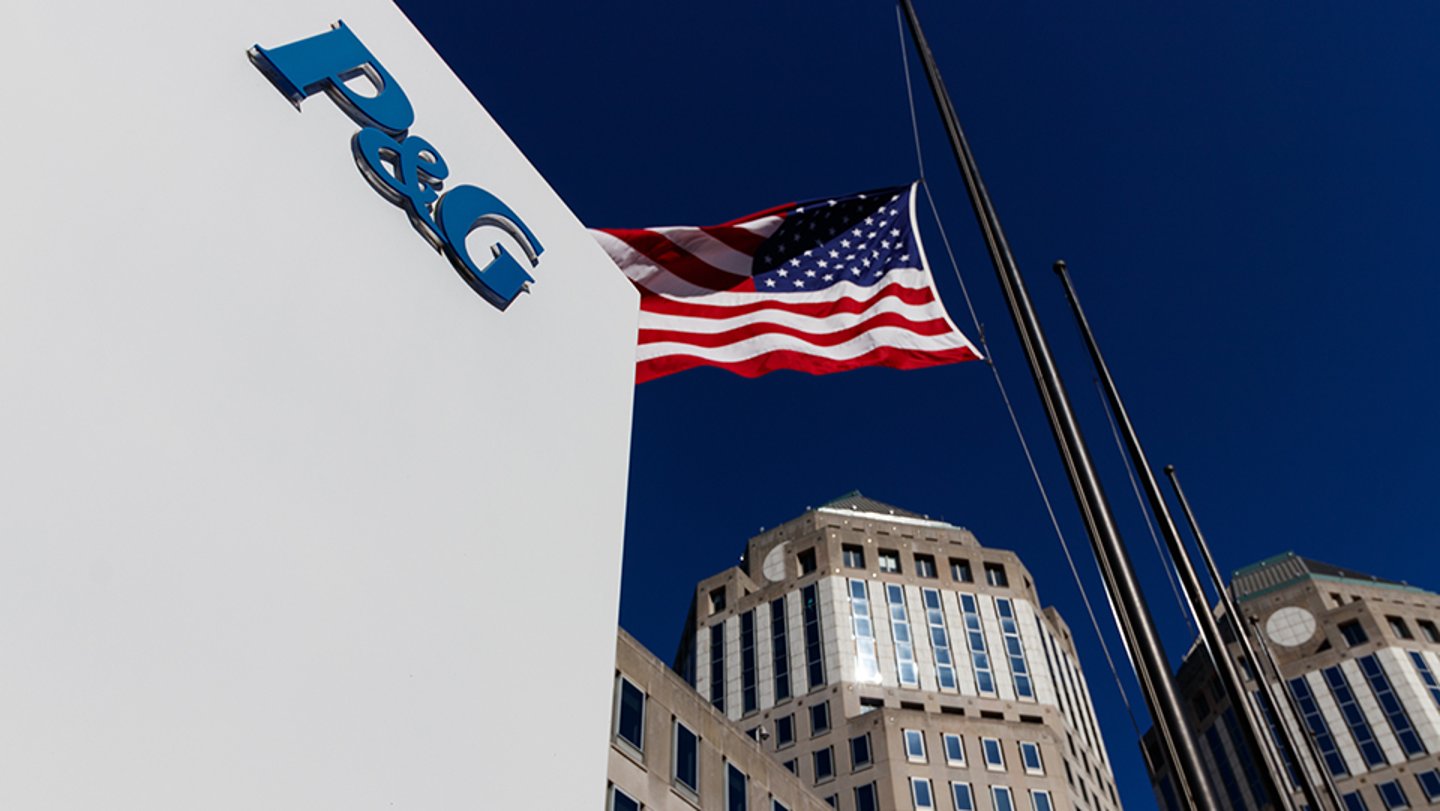P&G Doubles Down on Digital Capacity and Shelf Orchestration With Supply Chain 3.0
Procter & Gamble has its sights set on a supply chain-focused digital transformation.
During a session at the Morgan Stanley Global Consumer & Retail Conference, P&G chief financial officer Andre Schulten dove into the company's supply chain strategy, focusing on Supply Chain 3.0 (an intermingling of emerging technologies and advanced algorithms).
The intention of the company's Supply Chain 3.0 strategy is to remain at a level of productivity while continuing to invest in innovation and drive market growth. To do so, P&G has heavily invested in its supply chain’s digital capability over the past several years, and is looking to tap into those investments to drive productivity and cost effectiveness.
“We have invested in synchronizing the supply chain — all the way from the shelf demand signal to our Tier 2, Tier 3, Tier 4 suppliers,” said Schulten. “That allows us to take waste out of the system, reduce inventories, and free up cash.”
Automation is the big opportunity here, he said, which is being implemented in P&G’s distribution centers and supply warehouses. It will not only provide significant cost reductions, but drive supply chain resiliency.
- A Look At Recent Innovations
Earlier this year, P&G entered a new multiyear relationship with Microsoft Corp., which will allow the company to tap into a digital platform that will leverage the Internet of Things and help accelerate growth and innovation.
Implementing AI, machine learning, and edge computing services, P&G will have greater visibility and be able to digitize and integrate data from more than 100 manufacturing sites globally. This will enable the company’s employees to analyze production data and make real-time, data-informed decisions to drive significant improvements.
The technologies, however, must be flexible, adapting to environmental shifts in the supply chain that require companies to pivot. With P&G, this rings true as the company has had to reformulate its products with different materials and suppliers (without having an impact on quality and without interrupting the consumer’s regular experience).
This nimble strategy, said Schulten, gives P&G leverage — and options.
What these approaches have in common, he said, is “they deliver cost reduction, but when you think about it, they also deliver improvements in supply chain resilience, on-shelf availability, quality, and the ability to react to retailer’s needs more quickly,” said Schulten.
Additionally, through a digitally advanced supply chain, the company maintains its stability amid a bumpy landscape where pricing fluctuates and consumers are experiencing different stages of the inflationary cycle, he added.
Taking it to the Shelf Level
On a more targeted level, the advanced digital implementation is having a powerful impact on the company's on-shelf strategy. P&G has been able to build algorithms based on point-of-sales data and images of shelf orchestration in stores to determine the “optimal shelf set,” based on retailer’s shopper behaviors.
“So based on their own shopper’s behavior, we can illustrate what is the right shelf orchestration? What are the right SKUs across the entire category that should be on the shelf? Where should they be? How many phasings should they have?” said Schulten.
This allows P&G to drive shelf productivity, reduce the number of shelf keeping units, and also improve the overall shopping experience for customers. The building blocks are there, said Schulten, but the company hopes to stay in its existing cost range that it has delivered historically while meeting these goals.
“That's no laurel to rest on,” he emphasized as he pointed to being No. 1 in supply chain for seven years in a row per the Counter Customer Satisfaction survey (he estimates).
“There is still tons of work to do. So what I will focus on is, is our on-shelf availability better than the balance of the industry? Is our response time better than the industry? Can we operate the entire supply chain including retailer warehouses at lower inventory levels to be more cash efficient?”





